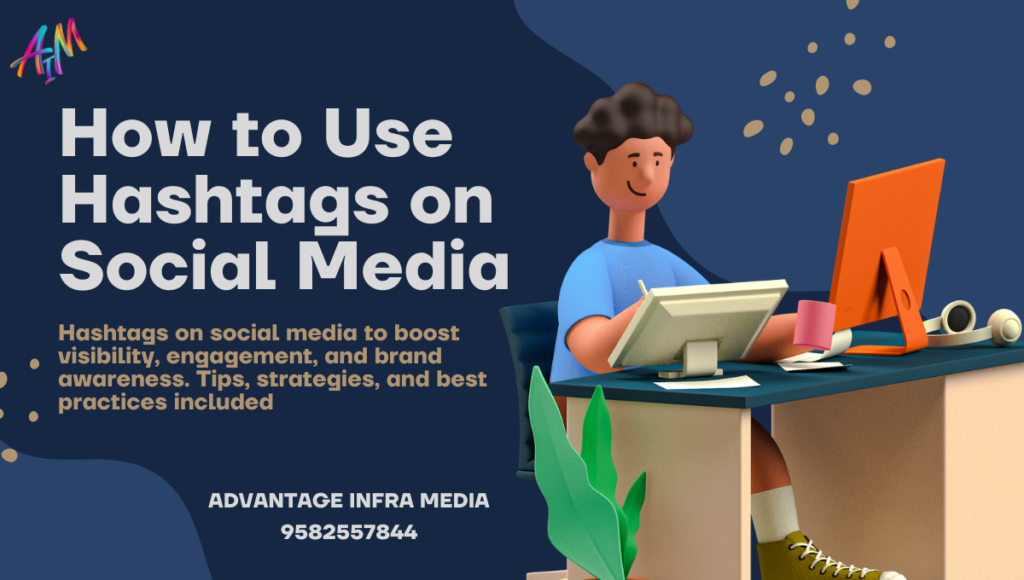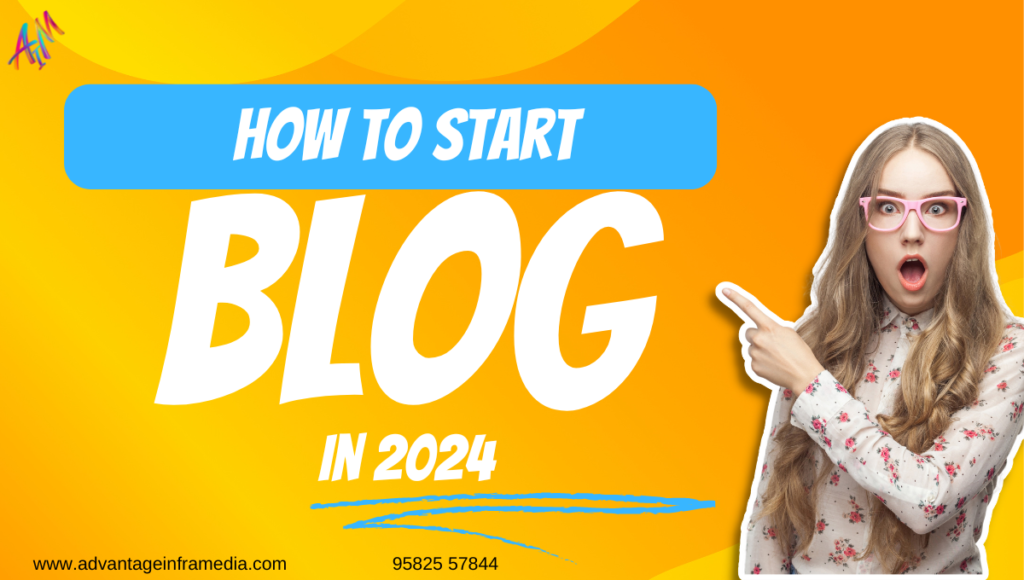How to Use Hashtags on Social Media in 2024
Introduction Hashtags on Social Media have become an integral part of social media culture, transforming from a simple pound sign to a powerful tool for categorizing content, enhancing visibility, and driving engagement. Understanding how to use hashtags effectively can significantly impact your social media strategy, enabling you to reach a broader audience and connect with like-minded individuals or potential customers. This guide will delve into the intricacies of hashtag usage, providing actionable tips and strategies for mastering hashtags across various platforms. (Hashtags on Social Media) 1. The Importance of Hashtags in Social Media Marketing 1.1 Enhancing Discoverability Hashtags act as a categorization tool, allowing your content to be discovered by users who are interested in specific topics. When you use a hashtag, your post is grouped with other posts that include the same hashtag, making it easier for users to find content relevant to their interests. This is particularly useful on platforms like Instagram and Twitter, where hashtags are a primary means of content discovery. 1.2 Boosting Engagement Research shows that posts with hashtags receive higher engagement rates compared to those without. Hashtags make your content more discoverable, leading to increased likes, comments, and shares. By participating in trending hashtags or creating your own, you can tap into larger conversations and reach audiences beyond your existing followers. (Hashtags on Social Media) 1.3 Building Brand Awareness Hashtags can be a powerful branding tool. Branded hashtags, which are unique to your business, help build brand recognition and foster a community around your brand. Encouraging your audience to use your branded hashtag increases user-generated content, further promoting your brand. 2. Understanding Different Types of Hashtags 2.1 Branded Hashtags Branded hashtags are unique to your brand or campaign. They could be your company name, slogan, or a specific campaign tagline. Branded hashtags help you track conversations about your brand and encourage user-generated content. Examples: #JustDoIt (Nike) #ShareACoke (Coca-Cola) 2.2 Industry-Specific Hashtags Industry-specific hashtags are used to connect with others in your field and to share industry-related content. These hashtags help you reach a targeted audience who are interested in your niche. (Hashtags on Social Media) Examples: #DigitalMarketing #FoodPhotography 2.3 Trending Hashtags Trending hashtags are those that are currently popular and widely used across social media platforms. Participating in trending hashtags can increase your visibility, but it’s essential to ensure that your content is relevant to the hashtag. Examples: #WorldEnvironmentDay #Oscars2024 2.4 Content Hashtags Content hashtags are used to describe the content of your post. These are more general and help categorize your content for users searching for that specific topic. Examples: #TravelTips #HealthyRecipes 2.5 Location-Based Hashtags Location-based hashtags help you connect with a local audience or highlight the location where your content was created. These are particularly useful for businesses with a physical presence or for travel-related content. (Hashtags on Social Media) Examples: #NewYorkCity #ParisTravel 2.6 Campaign Hashtags Campaign hashtags are created for specific marketing campaigns. They are short-lived and focused on a particular promotion or event. These hashtags help track the success of your campaign and encourage audience participation. Examples: #12DaysOfChristmas #BackToSchoolSale 3. How to Research and Choose the Right Hashtags 3.1 Analyzing Competitors One of the easiest ways to identify effective hashtags is by analyzing your competitors. Look at the hashtags they use in their successful posts and consider incorporating similar ones into your strategy. However, ensure that the hashtags align with your brand and content. (Hashtags on Social Media) 3.2 Using Hashtag Tools Several tools can help you discover popular and relevant hashtags. Tools like Hashtagify, RiteTag, and Hootsuite allow you to search for hashtags related to your industry and analyze their popularity and engagement levels. 3.3 Balancing Popular and Niche Hashtags While popular hashtags can increase visibility, they also come with high competition. On the other hand, niche hashtags may have a smaller audience but are more targeted. A balanced mix of both can help you reach a broader audience while also connecting with your target market. 3.4 Monitoring Hashtag Performance Once you’ve selected your hashtags, it’s crucial to monitor their performance. Use social media analytics tools to track which hashtags are driving the most engagement and adjust your strategy accordingly. (Hashtags on Social Media) 4. Platform-Specific Hashtag Strategies 4.1 Instagram Instagram allows up to 30 hashtags per post, but it’s not always necessary to use the maximum. Research shows that 9-11 hashtags per post yield the best engagement. Instagram’s Explore page is heavily influenced by hashtags, making them crucial for discoverability. Tip: Use a mix of popular, niche, and branded hashtags. Consider placing hashtags in the first comment to keep your caption clean. 4.2 Twitter Twitter’s character limit restricts the number of hashtags you can use. It’s best to stick to 1-2 relevant hashtags per tweet. Hashtags on Twitter can significantly increase engagement, especially when participating in trending topics. (Hashtags on Social Media) Tip: Create a branded hashtag for Twitter chats or events to foster real-time conversations. 4.3 Facebook Hashtags are less common on Facebook, and overusing them can appear spammy. However, using 1-2 well-chosen hashtags can still help categorize your content and make it discoverable. Tip: Use hashtags sparingly and ensure they are highly relevant to your content. 4.4 LinkedIn Hashtags on LinkedIn help categorize your content and make it discoverable by professionals interested in your industry. It’s advisable to use 3-5 hashtags per post. (Hashtags on Social Media) Tip: Focus on industry-specific hashtags to reach a professional audience. 4.5 TikTok Hashtags are crucial on TikTok for getting your content on the “For You” page. While TikTok allows many hashtags, it’s essential to use relevant ones to avoid diluting your content. Tip: Combine trending hashtags with niche ones to reach a broader audience while still targeting your market. 4.6 Pinterest Hashtags on Pinterest help users discover content when searching for specific topics. It’s best to use 2-5 relevant hashtags in your pin descriptions. (Hashtags on Social Media) Tip: Use descriptive hashtags that reflect the content of your pin to increase discoverability. 5. Best Practices for Hashtag Usage
How to Use Hashtags on Social Media in 2024 Read More »
Blog









